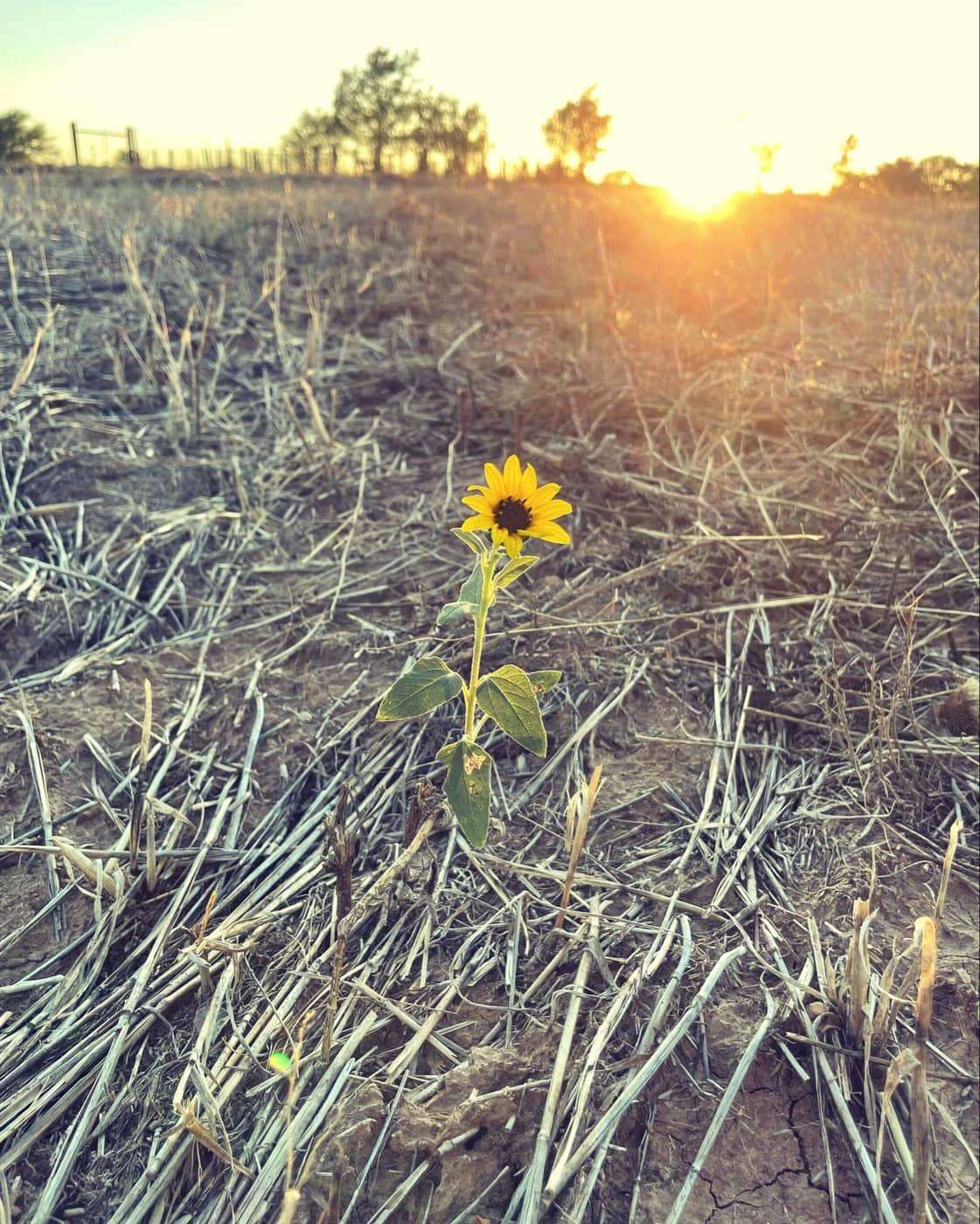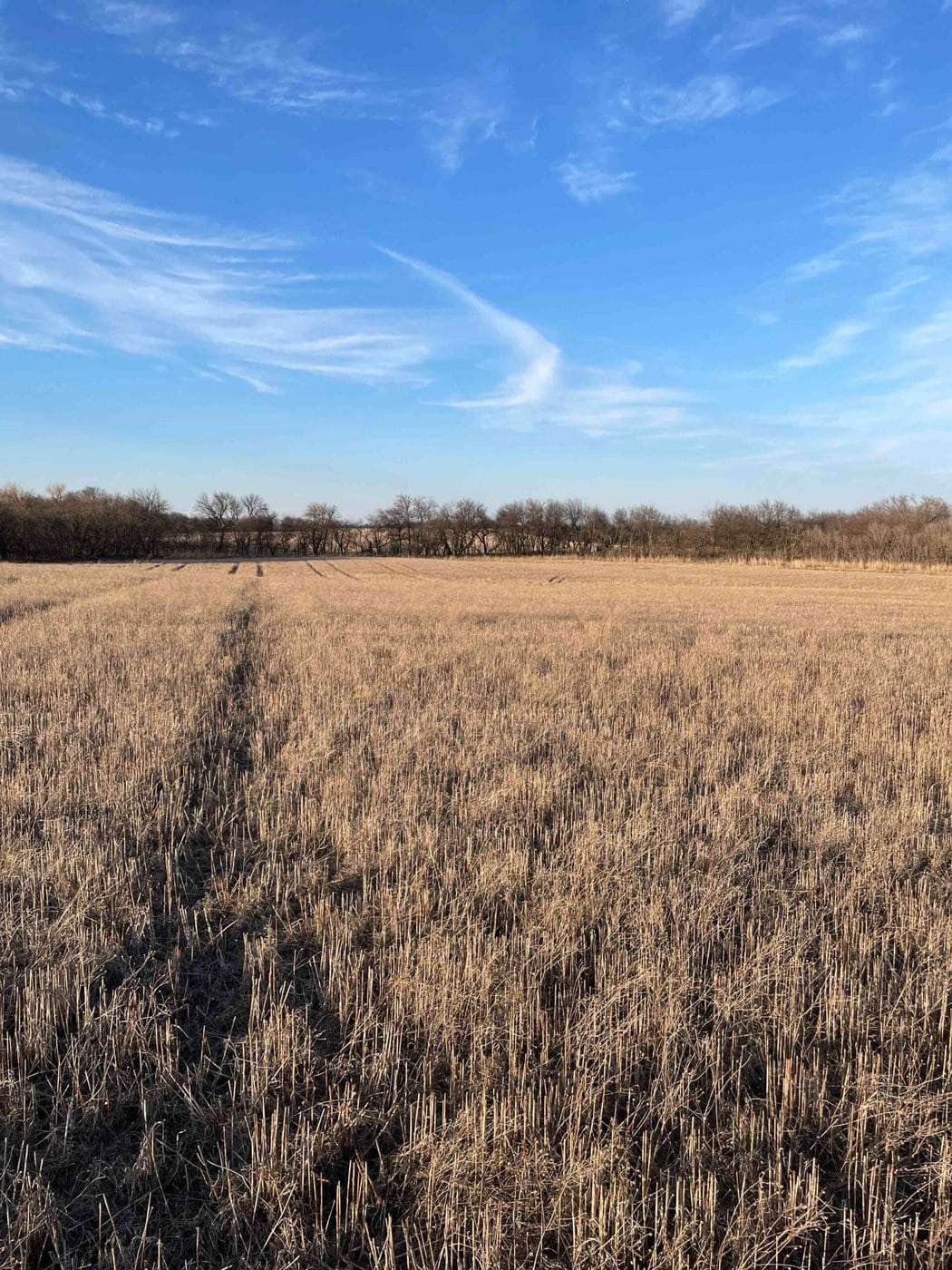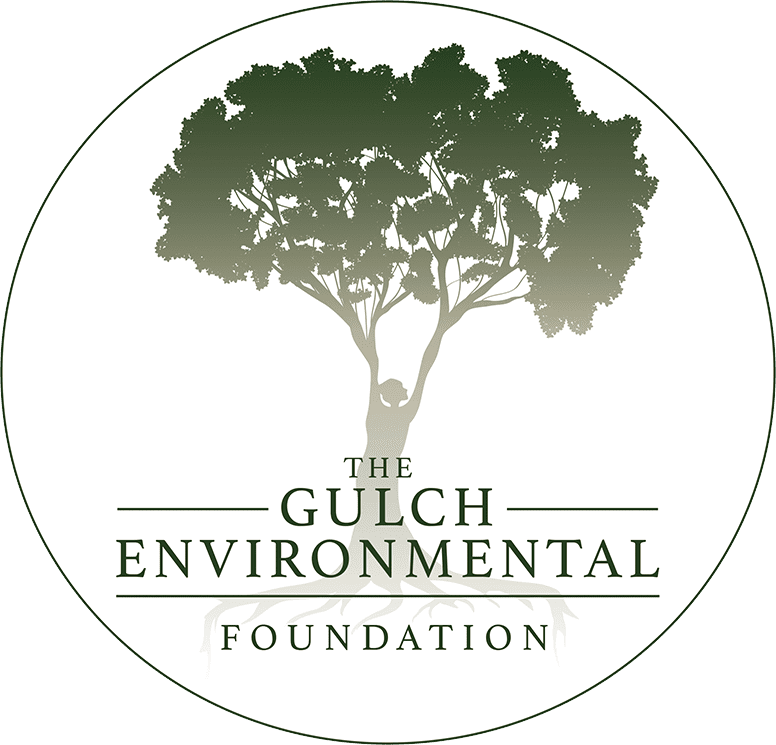2022 Q1 Impact Report
Letter from Founder and Team

As we start 2022, the feelings of renewal and possibility are palpable at The Gulch Foundation. As documented in our Annual Report, 2020 and 2021 were very busy starting our flagship project, Rainmaker Farm. Our boots-on-the-ground activities kicked into high gear during the first quarter of 2022, and change is visible already.
The seeds from our soil building cover crops, which were planted in late 2021, are now seedlings starting to push through the still frozen ground.
The border trees, providing perches and windbreaks around our field have been planted. We are all ready for more work as the spring thaw warms the land in preparation for the season of growth ahead.
A group of enthusiastic volunteers from our sponsor organizations came to the farm, flying and driving in from multiple states, to participate in the border tree planting.
These volunteers made it out to the farm despite record breaking temperatures and an ice storm. View our Farm Day video here. Due to the weather and cancelled flights, many additional volunteers were not able to attend, and a second Farm Day is in the works for early Q2.
Our projects are working to do good on multiple fronts: carbon sequestration, regenerating soil, make food for those in need, plant diverse crops for stability in changing times, and providing habitat to support our farm as part of the larger matrix of natural systems in the region.
Every donation helps us do this work. Our foundation’s administrative costs are covered through sponsorship donations, so all other donations go directly to on the ground project actions.
Summary of Q3 Activities
Our donor funded activities are broken down into 7 main categories. The activities completed during the first quarter of this year are outlined below.

University Involvement Support
Following field sampling for soils in 2021, during Q1 of 2022, soil samples continue to be processed and analyzed at the Oklahoma State University labs. Final analysis and reporting are anticipated in Q2.

Diverse Planting
Over 3 dozen varieties of orchard trees were ordered, including peaches, apples, pears, and a variety of nuts. These species were chosen for their current and future suitability for this region, good cross-pollinator pairing, as well as a wide range of phenology (blooming/harvest times) to provide buffer against weather impacts on harvest. These trees will be planted during our second Farm Day, after the spring thaw in Q2.

Livestock Incorporation
25 tons of chicken litter were obtained from an organic chicken farm and spread over the portion of the farm growing no-till wheat. This will provide the phosphorus and other organic material to help fertilize and rebuild the soil at Rainmaker Farm.

Cover Cropping
Cover cropping is beneficial to regenerative farming in many ways beyond protecting the soil from erosion. Many species replenish essential nutrients, such as nitrogen, in the soil. The deep roots from native species also help sequester carbon. Cover crops can also provide vital habitat for many native species and beneficial insects. In Q1 of 2022, we planted 54 acres of native grass, and 25 acres of pollinator habitat.

Farm Equipment & Supplies
Hand tools were purchased for volunteers to assist with planting and site clean-up. These will provide the equipment needed for many future volunteer workdays.

Infrastructure
A tiny house has been loaned to The Gulch Foundation for use as a field office. This space provides a place for volunteers, meetings, trainings, and office work onsite. A driveway and pad for the tiny house were installed. Many essential utilities were brought to the farm in Q1, including electricity and a septic system. City water is in process and is anticipated in early Q2.

Rainmaker Farm
Early biodiversity monitoring efforts at the farm are ongoing, including wildlife cameras and incidental observation recording.
Targets and Goal Tracking
We are on track to meet our targets and goals.
Next Steps
In Q2 we will be installing a diverse orchard with approximately 200 trees, as well as a Milpa crop-system planting mix over 10-acres.

